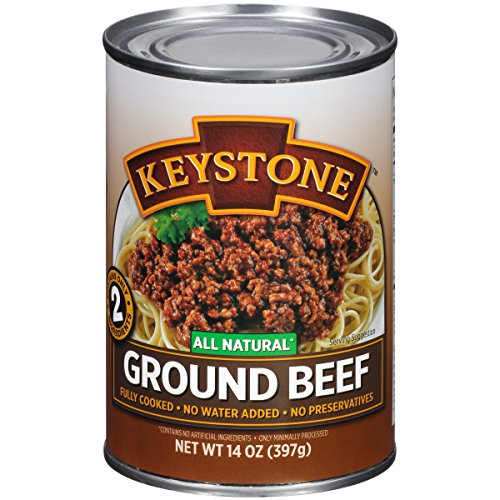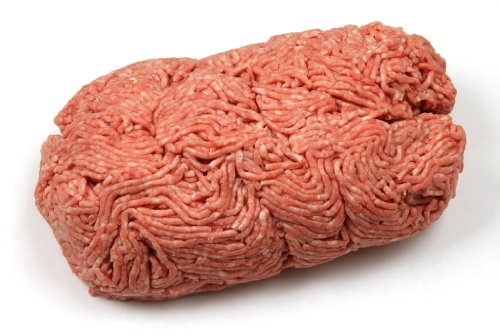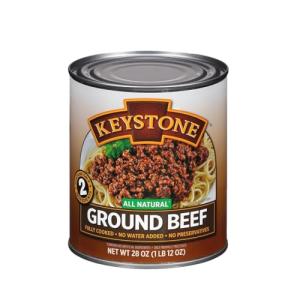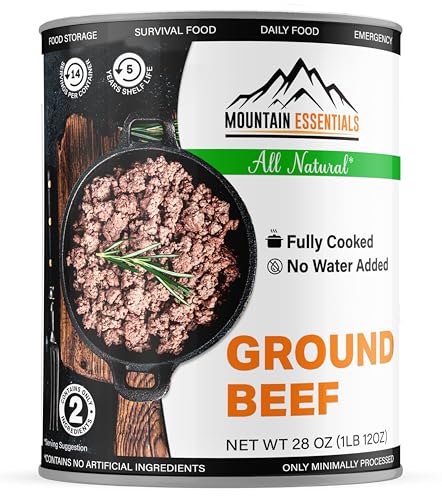When it comes to beef butchery, knowing your cuts is key to cooking up delicious meals. Each cut comes from a different part of the cow and offers unique flavors and textures. Let’s break down some essential cuts that you should get familiar with.
First up, we have the chuck. This cut comes from the shoulder area and is super flavorful, making it perfect for slow cooking. Think tender pot roasts or hearty stews. If you want to impress your friends at the next BBQ, chuck is a great choice.
Next on the list is the ribeye. This cut is all about marbling—those little flecks of fat that melt into the meat while it’s cooking. Ribeye steaks are tender and packed with rich beefy flavor, making them a favorite for grilling. You can’t go wrong with a good ribeye on the menu!
Don’t overlook the sirloin. It’s a leaner cut but still offers some juicy bites. Sirloin is versatile and works well for steaks, stir-fries, or even in tacos. It’s perfect if you're looking for something a bit lighter without sacrificing taste.
Last but not least, the brisket deserves a mention. It’s known for its tough texture, but when cooked low and slow, it transforms into a smoky, tender delight. Perfect for BBQ enthusiasts or anyone who loves a good sandwich. Knowing these cuts will help you make the most of beef butchery, ensuring that every meal is a hit!
Essential Tools for Butchering Beef
Getting into beef butchery can feel overwhelming, but with the right tools, you’ll make the process smooth and enjoyable. Here are some essentials you need to get started, whether you're a beginner or looking to up your game.
1. Sharp Knives: You can't go wrong with a good set of knives. A boning knife, a chef’s knife, and a cleaver should be your go-to trio. A sharp knife makes cutting through meat easier and safer, so always keep them honed and ready to go.
2. A Solid Cutting Board: Invest in a sturdy cutting board that can handle heavy-duty tasks. Look for one that's large enough to accommodate the cuts of meat you'll be working with. Wood or plastic boards are both great options—just remember to keep them clean and well-maintained.
3. Meat Grinder: If you love making your own burgers or sausages, a meat grinder is a must. Freshly ground beef gives your dishes that extra flavor and texture. Plus, it’s fun to experiment with different blends!
4. Vacuum Sealer: Once you're done butchering, you want to keep that meat fresh. A vacuum sealer helps extend the shelf life of your cuts by removing air, preventing freezer burn. It’s a real game-changer for meal prep.
With these essential tools for beef butchery, you’ll be ready to tackle any beef cut that comes your way. Start with these basics, and you'll feel like a pro in no time!
All Natural Ground Beef by Keystone Meats, 14oz
Discover the rich flavor and quality of all natural ground beef that’s perfect for your favorite recipes
Product information
$16.44
Product Review Score
4.34 out of 5 stars
13 reviewsProduct links
Simple Tips for Home Butchery
Getting started with beef butchery might seem intimidating, but it’s easier than you think! With a few simple tips, you'll be on your way to mastering the art of butchering right in your kitchen.
First things first, invest in a good butcher knife and maybe a small boning knife. A sharp knife makes all the difference. You’ll want to keep those blades honed for clean cuts. Dull knives can make the job a headache and can be a little unsafe. Also, consider getting a sturdy cutting board that can handle some serious chopping.
Before you dive in, familiarize yourself with different cuts of beef. Knowing pieces like chuck, rib, and sirloin helps you understand where to cut and what your options are. There are tons of resources online with visuals to help you. This knowledge will guide you in choosing the best cut for your meals.
When you're ready to start butchering, work slowly and confidently. Take your time to make precise cuts, and don’t rush the process. It’s about quality over speed! Also, make sure your workspace is clean and organized—it’ll help you feel calmer and keep everything safe.
Lastly, don’t forget to save the scraps! Trimmings can be great for making stocks or adding flavor to other dishes. With beef butchery, there’s less waste, and you can enjoy every part of the meat! So, roll up your sleeves and have fun experimenting with different cuts and recipes.
Fischer Meats Lean Ground Beef, 5 lbs Pack
Enjoy the rich flavor and wholesome goodness of premium lean ground beef for all your favorite recipes
Product information
$39.99
Product Review Score
4.29 out of 5 stars
82 reviewsProduct links
Cooking Techniques for Perfect Beef Dishes
Getting the best out of your beef starts with knowing a few cooking techniques that really make those cuts shine. Once you’ve mastered beef butchery, it’s time to bring those beautiful pieces of meat to life in the kitchen. Here are some handy methods to help you cook beef just right.
Grilling is a classic method that brings out fantastic flavors. High heat creates a nice char on the outside while keeping the inside juicy. Whether you’re throwing on steaks or burgers, a good marinade or dry rub can really amp up the taste. Just make sure you let the meat rest after cooking; this keeps everything juicy and delicious!
If you prefer a cozy meal at home, try braising. This slow-cooking technique works wonders for tougher cuts like chuck roast. Cook it low and slow in a bit of broth or wine, and you’ll end up with fall-apart tenderness. It’s super easy; just toss everything in a pot and let it simmer away while the flavors mingle.
Searing is another great technique you shouldn’t overlook. It’s perfect for sealing in juices before finishing off in the oven or on the grill. Just heat a skillet with some oil, throw in your beef, and get that beautiful brown crust. It makes a huge difference in taste and texture.
Don’t forget about sous vide cooking if you’re up for an adventure! This method involves vacuum-sealing your beef and cooking it in a water bath at a precise temperature. It guarantees perfectly cooked meat every time, which is a game-changer for any home cook. Take some time to explore these techniques, and you’ll be well on your way to becoming a beef master after diving into beef butchery!




